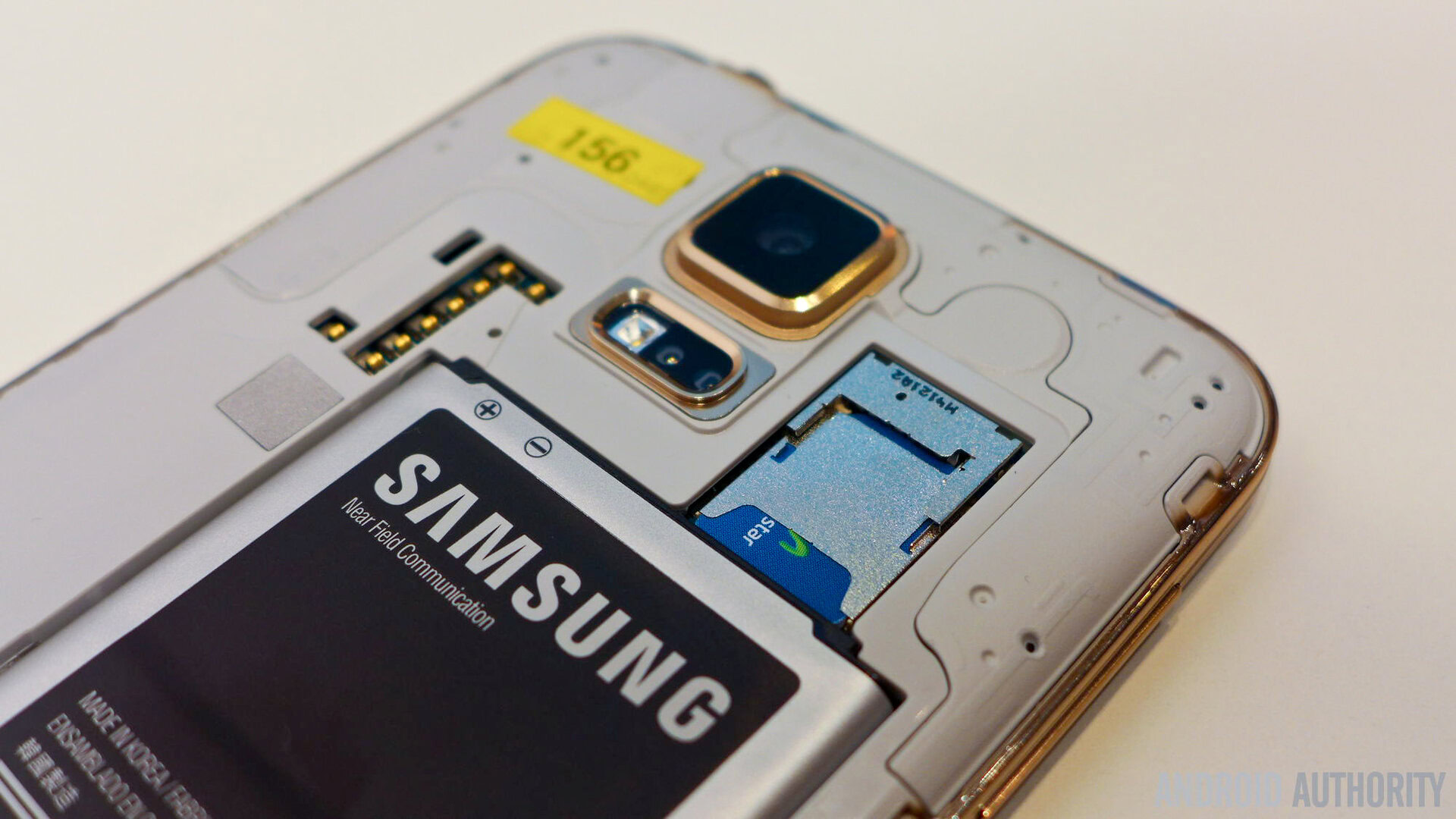Affiliate links on Android Authority may earn us a commission. Learn more.
Samsung breakthrough could almost double lithium battery capacity

Researchers at Samsung Electronics announced yesterday that they have developed a new technology to produce a silicon cathode material that coats Graphene onto a silicon surface for higher energy density. In other words, Samsung has found a way to almost double the capacity of lithium batteries, which are used to power smartphones and various other gadgets.
As I’m sure you’re aware, smartphone battery capacity has increased slightly over the last decade, but the technology remains limited by the physical size of gadgets and the limitations of the actual materials inside the battery. As we can’t make batteries any bigger, increases in raw capacity are needed, and researchers have been looking to new materials to find the solution.
This is where Samsung’s research comes in. The company has come up with a new coating method for battery cathodes, which overcomes the cycling performance and capacity limitations imposed by current implementations. The new process makes use of that excellent conductive material known as Graphene, which is grown directly onto the silicon coating surface without silicon carbide formation. If this sounds familiar, other groups in the US have been attempting similar ideas.

Samsung’s researchers claim that its technique allows the full cell to reach volumetric energy densities of 972 and 700 Wh l−1 at first and 200th cycle respectively, when paired with a commercial lithium cobalt oxide cathode. This is around 1.8 and 1.5 times greater than commercialized lithium ion batteries, meaning more battery capacity for a given area. Typically, these type of designs reduce the battery’s life span due to more charge and discharge cycles, but this time the researchers also claim good cycling performance, due to its multi-layer design.
Samsung expects that its breakthrough will have important implications for both mobile devices and the electric car industry, which both really need additional battery capacity. However, like most new ideas, industry observers expect that the technology is at least two or three years away from commercialization.